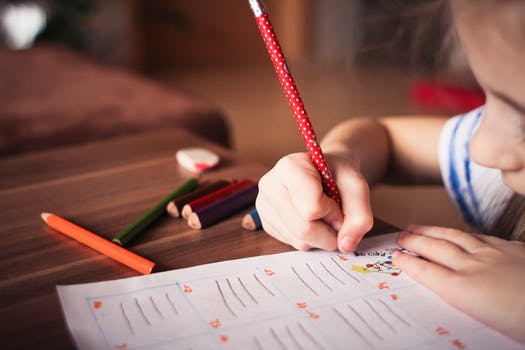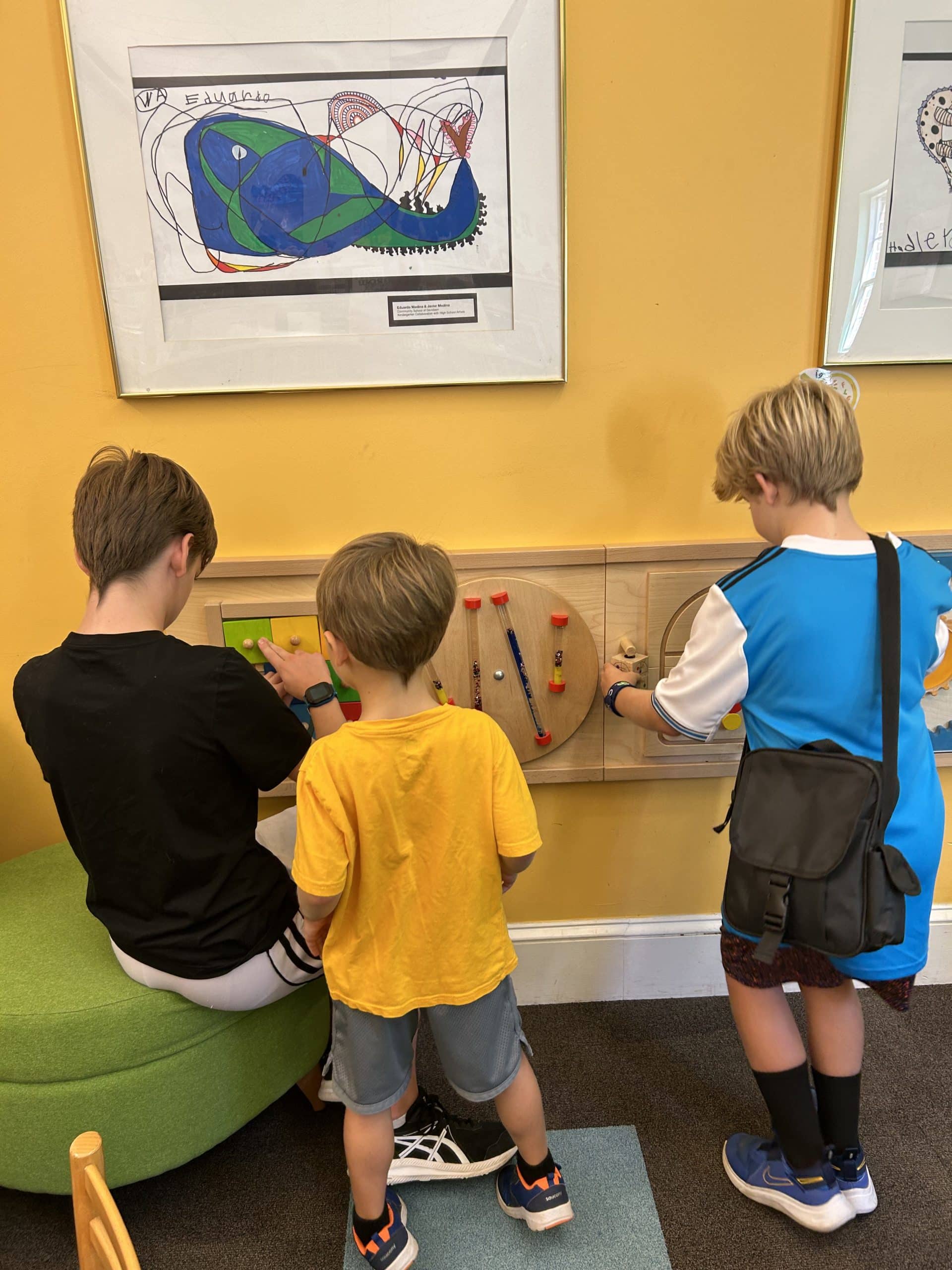Worksheets and/or activity sheets serve a purpose. They encourage students to use their brains during class. They are a useful tool to assess a student’s knowledge and can extend a lesson. Teachers must use worksheets to coordinate a lesson and not just to keep students busy.
Activity sheets must have a purpose and an aim. They should show the student’s knowledge of a concept. They must help learners through various means.
- Employ various strategies to show previous knowledge.
- Show if students know fiction from nonfiction.
- Demonstrate an understanding of key vocabulary.
- Confirm a student’s knowledge of facts and opinions.
Teachers that create worksheets with a purpose benefit the teacher and the students. Well-designed activity sheets support learned content from a lesson. Also, it provides problem-solving skills for working independently and following directions.
Technology helps students to learn quickly and easily. Paper and pencil activities help students to process their learning. Students learn best as they write and solve problems by hand.
Worksheets or manipulatives
Too many activity sheets can cause students to lose interest in learning. Poorly constructed worksheets are drill-and-kill and become boring to students. Using manipulatives instead of worksheets engages the brain differently than paper worksheets.
Too many worksheets repeat the same activity several times. Therefore, students may incorrectly practice a math problem. A written explanation or a drawing may give a better understanding of a student’s understanding of a concept or a math problem.
No Drill and Kill
Activity sheets must serve a purpose. They must not be for drill-and-kill. Creative paper activities that use varied strategies encourage problem-solving skills. They must make students think.
A problem arises when the same sheet creates boredom. Students do not need to use the same strategies every day. Use activity sheets occasionally. Encourage students to collaborate to solve problems.
Most activity sheets require one correct answer. It’s best to use types of worksheets that prompt students to think, reason, and justify. This provides an authentic description of what students know.
An occasional worksheet is powerful when it has a purpose and goal. They should not cause boredom.



